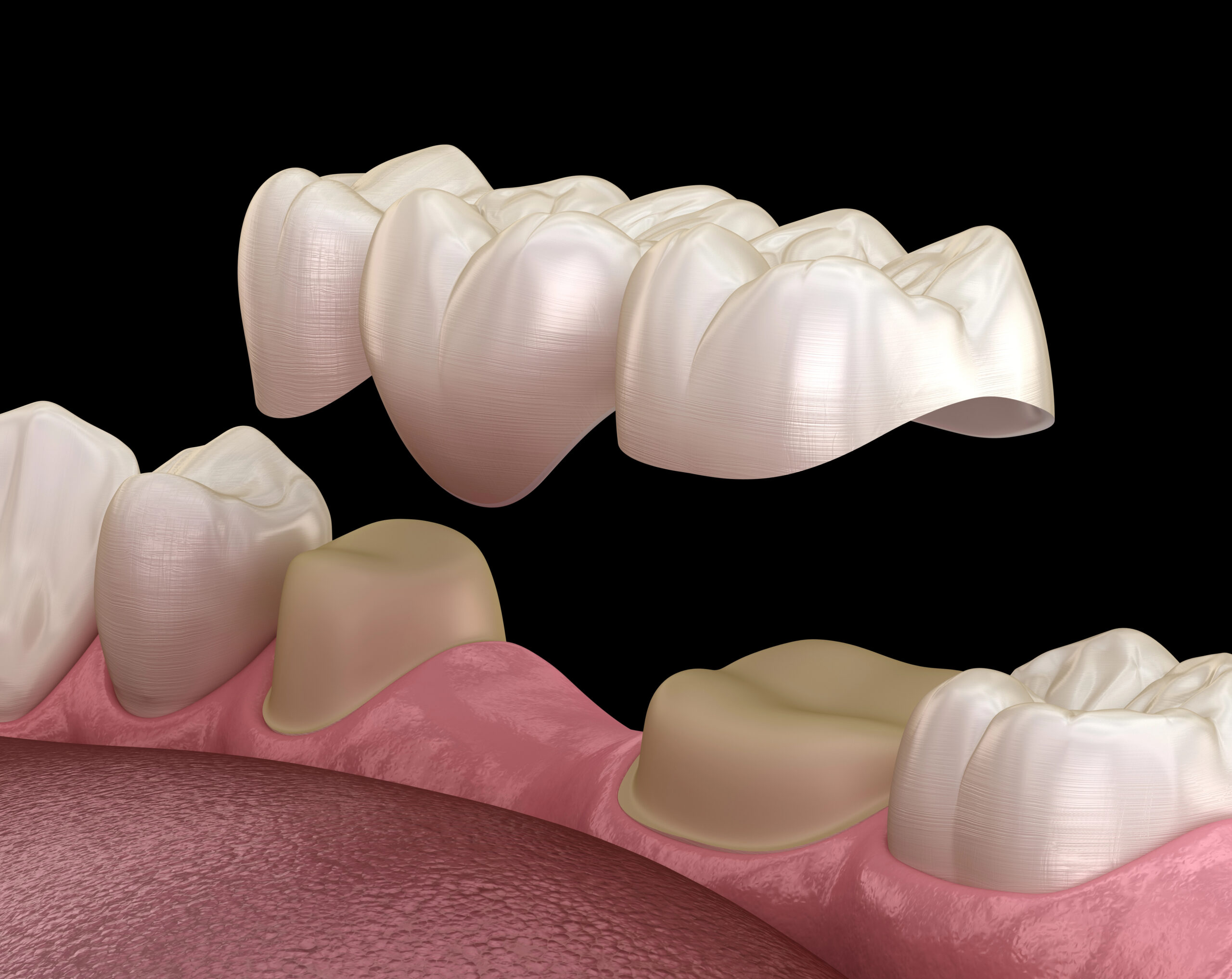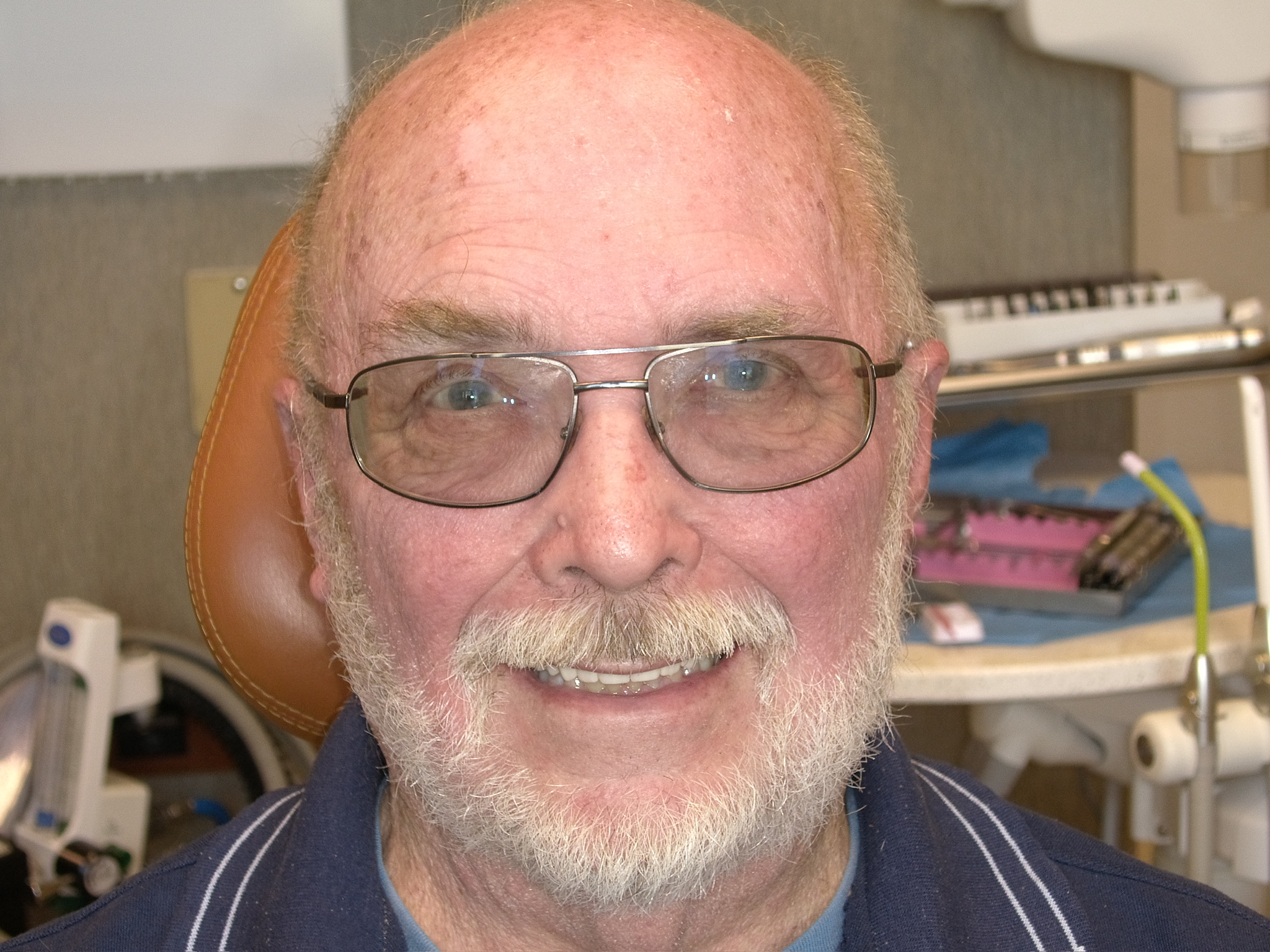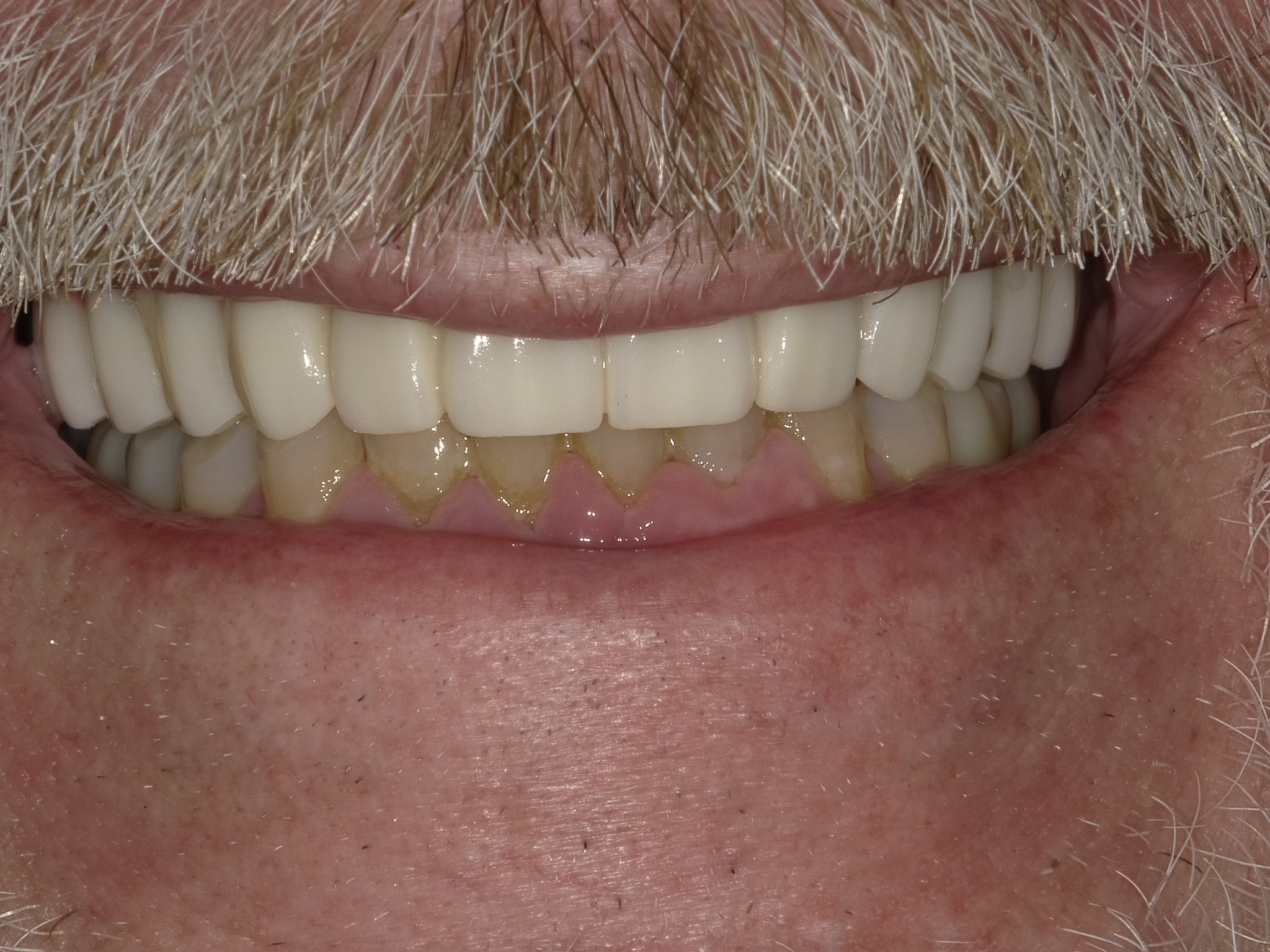Dental Blog - Fairfield, CA
Tips, Facts, And The
Latest In Dentistry

Healing After Dental Crown Placement: A Guide to Smooth Recovery

Healing After Dental Crown Placement
Understanding dental crown recovery is essential for anyone who has recently undergone the procedure. The process of healing after dental crown placement involves allowing the surrounding gum tissue and tooth structure to adjust to the new crown. This adjustment period can vary from person to person, but it generally involves a few days of mild discomfort as the mouth gets used to the new addition. During this time, it’s important to be mindful of any unusual symptoms and to follow any care instructions provided by your dental professional.
The materials used in dental crowns can also play a role in the recovery experience. Different types of crowns, such as porcelain, metal, or ceramic, may have varying impacts on the healing process. For more information on the materials used in dental crowns and how they might affect your recovery, you can explore our detailed guide on Types of Dental Crown Materials: Which One Is Right for You?.
Managing Initial Discomfort
Healing after dental crown placement can sometimes involve initial discomfort as your mouth adjusts to the new addition. It’s common to experience some sensitivity or mild pain in the days following the procedure. This is a natural part of the healing process and typically subsides as your gums and teeth acclimate to the crown. Being aware of these sensations can help you understand that they are a normal part of recovery.
While the discomfort is usually temporary, it’s important to monitor how your mouth feels during this period. If the pain persists or intensifies, it may be worth consulting with a dental professional to ensure everything is progressing as expected. For more information on dental crowns and bridges, you can explore Fairfield’s Best Dental Crown Solutions.
Recognizing Normal Healing Signs
Healing after dental crown placement involves several stages, and recognizing normal healing signs can help ease any concerns. It’s common to experience mild discomfort or sensitivity in the treated area, which typically subsides within a few days. Some patients may notice slight inflammation or tenderness around the gum line, which is a natural part of the healing process. As the mouth adjusts to the new crown, minor changes in bite or pressure sensitivity might occur but usually resolve as healing progresses. Understanding these normal signs can provide reassurance during the recovery period.
Monitoring Gum Sensitivity
After dental crown placement, it’s important to be aware of any changes in gum sensitivity as part of the healing process. While some sensitivity is normal, monitoring how your gums react can provide insights into your recovery. If you notice persistent discomfort or unusual sensations, it may indicate that your gums are adjusting to the new crown. Understanding these changes is crucial for ensuring a smooth recovery and maintaining oral health. For more information on healing after dental crown placement, you can visit Kuzma DDS Cosmetic & Implant Dentistry, your trusted Fairfield Dentist.
Eating After Crown Placement
After getting a dental crown, adjusting your eating habits can be an essential part of the recovery process. Initially, you may experience some sensitivity or discomfort, which can influence your food choices. It’s common for individuals to prefer softer foods that require minimal chewing, allowing the mouth to heal without additional strain. As the area becomes more comfortable, gradually reintroducing a variety of textures can help in returning to a normal diet. Being mindful of how different foods feel can contribute to a smoother transition during the healing period.
Oral Hygiene Post-Crown
Maintaining proper oral hygiene post-crown is crucial for ensuring a smooth recovery and effective healing after dental crown placement. It is important to keep the area clean to prevent any complications and to support the longevity of the crown. Regular brushing and flossing, along with routine dental check-ups, play a vital role in preserving oral health and promoting healing after dental crown placement.
Identifying Complications Early
Healing after dental crown placement can sometimes present challenges, and recognizing potential complications early is crucial for a smooth recovery. Common signs that may indicate issues include persistent pain, swelling, or sensitivity that does not subside over time. Monitoring these symptoms closely can help in identifying any underlying problems that might require attention. Being aware of these signs ensures that the healing process after dental crown placement proceeds without unnecessary setbacks.
When to Contact Your Dentist
During the healing after dental crown placement, it’s important to monitor your recovery process closely. While some discomfort is normal, persistent pain, swelling, or sensitivity that doesn’t improve could indicate a problem. If you experience any unusual symptoms or if your bite feels off, it’s crucial to reach out to your dentist. They can assess whether your healing is progressing as expected and address any concerns that may arise during this period.
Long-term Care for Dental Crowns
Ensuring the longevity of your dental crowns is an essential aspect of maintaining oral health, especially after the initial healing after dental crown placement. Over time, being mindful of your dental hygiene practices can contribute to the durability and functionality of your crowns. Regular dental check-ups and cleanings play a crucial role in monitoring the condition of your crowns and surrounding teeth. By focusing on consistent care, you can support the overall health of your mouth and enhance the success of your dental crown placement in the long run.
Conclusion
For a seamless journey in healing after dental crown placement, feel free to reach out at 707-422-8404 and explore our Google Maps reviews for more insights.





